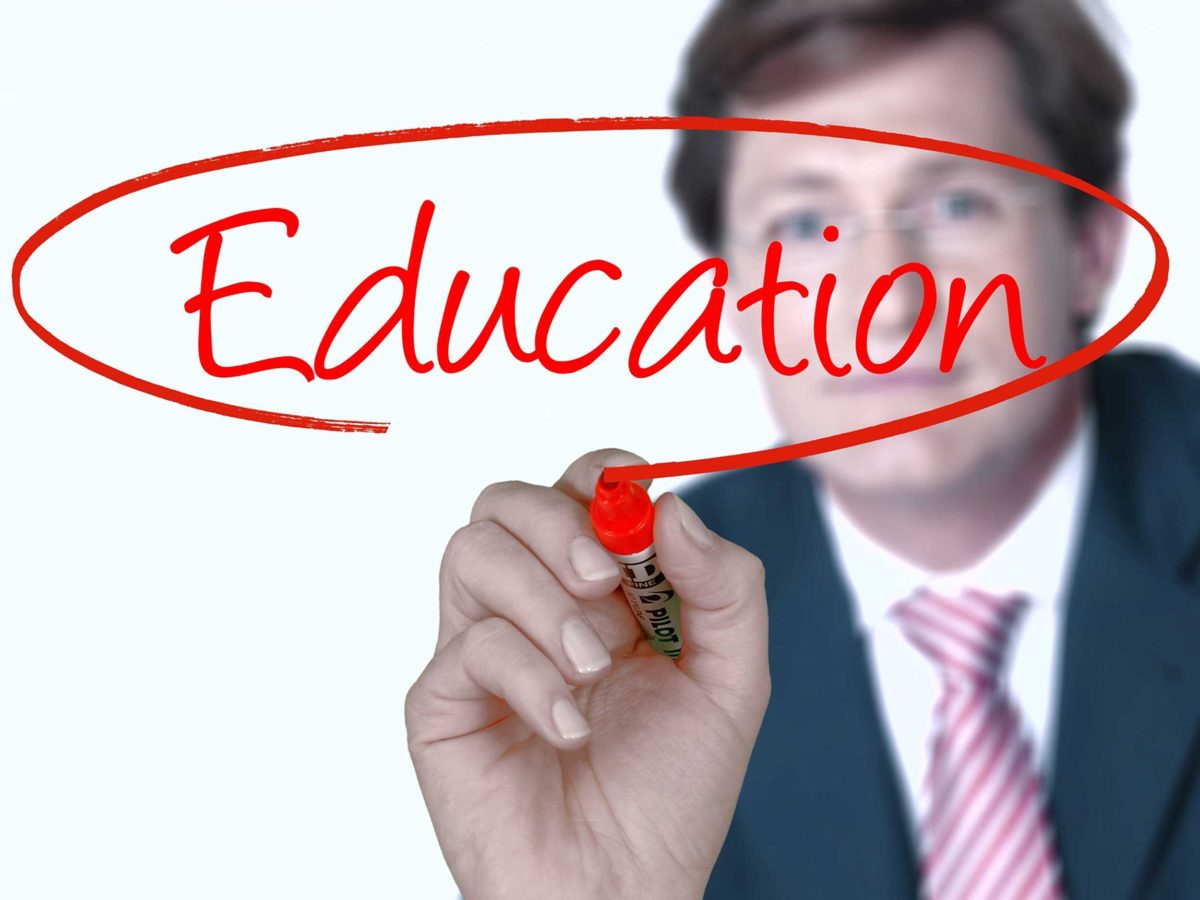Last fall, for the first time in our history, America’s public school students were likely NOT majority white. If U.S. Department of Education projections are accurate, white students numbered 24.8 million and non-white students 25 million. So the college student pipeline is now majority nonwhite. In an earlier blog post, I explored some of the ramifications to higher education of our changing student body. Today, I’d like to discuss the faculty side of the equation. Full-time college faculty, in contrast to students, were nearly 80 percent white in 2011, the latest data available. Full-time professors were even more homogeneous at 84 percent white. So the college faculty pipeline is overwhelmingly white.
Excellence in Leadership,
Science and Education
Recently, Dr. Janet Napolitano, President of the University of California (UC) system, in presenting the 37th Pullias Lecture at the Pullias Center for Higher Education at USC, argued passionately that the state’s Governor, legislators and voters need to recognize “the unique role research universities have played in making California a bastion of innovation and a world leader in its own right.” Making the case for increased funding for the UC system, she offered this startling fact: The “University of California is funded by the state in constant dollars at the same level as it was in 1997,” while at the same time educating 75,000 more students than in that year — the equivalent of having added two more universities the size of UC Berkeley.
I recently gave a lecture on “Vision Setting and Strategy” to a mix of middle managers and faculty leaders at the university where I am president. I commented that while setting strategy, it is critical to simultaneously develop metrics, as one cannot improve, certainly not in a planful and deliberate manner, that which cannot be measured. In short order, I was challenged by a member of our humanities faculty, who argued that we can improve conditions for the better without being able to measure them. He gave critical thinking and civic engagement as examples. Taking up the challenge, I suggested there are many examples of parameters that initially appear unmeasurable, but with purposeful reflection are found to be measurable ... including those in the liberal arts.
Goldie Blumenstyk’s new book, American Higher Education in Crisis?, should be required reading for anyone interested in the future of higher education — faculty, trustees, executives, and government officials, as well as analysts and pundits. Chock full of facts and analysis in a clear, logical and generally objective narrative context, this tightly crafted book is an in-depth exploration of the question posed in the title. And while Blumenstyk comes down clearly on one side (“Yes,” she writes, “Higher education is most assuredly in crisis”), she follows with an assurance that “It certainly does not ... spell doom for the thousands of colleges that make up American higher education.”
Recently, disturbing revelations about a number of college athletics programs have shocked the nation. Allegations of fake courses at the University of North Carolina Chapel Hill, abusive coaching at Rutgers, sexual abuse at Penn State, a multi-million dollar pyramid scheme at the University of Miami, and transcript fraud at a New York community college to help athletes get into Florida State, among others, have rocked the college sports world. Add to that lawsuits by athletes over mismanaged or ignored concussions and a growing call to view them as employees deserving of pay rather than as students, and it’s no wonder we are seeing a flood of articles, discussions, and opinion pieces that question whether sports should even be a part of the college experience. Such a response is totally understandable. Clearly, discussions need to be held, actions taken, and abuses ended. Universities must be held accountable for educating all of our students, not the least our student-athletes ... students first, athletes second. We cannot allow the prestige and money that follow top-tier college sports programs to blind us to our overriding purpose: preparing our students to be successful adults and to become the thoughtful, learned, and productive citizens our communities, states, and nation need.
Human innovation has come in waves throughout history, and the U.S. has been riding a monster one for decades. Though “riding” is not quite accurate. In reality, we created that wave, in significant part through ramped up public funding of research and development that began in the mid-20th century. Research universities have been the recipients of much of that funding, and thus the generators of much of that innovation. U.S. research universities drive economic growth in their regions, states — and in the world. American universities account for nearly two-thirds of top 50 universities in global rankings. And public research universities are the backbone of academic research in the U.S., conducting two-thirds of all academic research, as measured by research expenditures.
There are two mega-trends affecting both higher education and health care: the demand for value and the need for size. (Even more so in institutions like mine, Georgia Regents University and Health System, which, as our state’s only public academic health center, straddles both worlds.) And the often transformative responses to meet these trends have placed inordinate strain on institutional leadership. In higher education, the turnover rates of university presidents/chancellors, chief financial officers (CFOs), and chief academic officers (CAOs) are already notably high and predicted to increase even more in the coming years. And last year, the turnover rate of hospital CEOs was 20 percent, the highest since the American College of Healthcare Executives (ACHE) began tracking them in 1981.
What do you think when you hear “millennial generation”? If you’re tuned in to either traditional or new media, the words that come to mind are probably not so good: perhaps self-absorbed, shallow, lazy, in debt, in trouble? Though there is no single agreed-upon definition, the term millennial generation generally refers to today’s mid-teens to early-30s adults. I have three younger millennials at home myself, and occasionally one or more of those descriptors may indeed apply. But more so than past generations at that age? I don’t believe so, and research is increasingly providing a more balanced and nuanced portrait of a generation of young people who are —ready or not — poised to change the world.
“College costs too much” — 127 million hits. “Is a college education really worth it?” — 209 million hits. “Tech school is better than college education” — 1.1 billion hits. These recent Google searches and their associated number of results clearly reflect growing concerns and public discussions around the costs of higher education and, in particular, the cost of university or college education. Shrinking state and federal budgets continue to mean students and their families are paying a larger share of higher education costs, often in the form of significant debt. Very naturally, if investments are larger, people and governments seek measurable returns. While the purpose of education is many fold — critical thinking skills, personal and cultural enrichment, a thoughtful citizenry, and more — certainly an important goal is to prepare students to earn a living as productive citizens. So should we be encouraging more of our students who are now pursuing a college degree to seek a technical/vocational degree?
In the 1980s, we communicated via landlines and snail mail, we enjoyed our music on Walkmans and boomboxes, and we read books using... well, books. Much has changed in the past 30 years. Yet if you put a university president from 1986 next to a university president of today, you could hardly tell them apart. Both would likely be white middle-aged men with doctorates in education. Both probably rose from within the ranks of higher education with about a one-in-three chance of having come directly from the Chief Academic Officer position. Both probably served their entire careers in academia and have likely been full-time faculty. Between 1986 and 2012, the American Council on Education published seven reports on “The American College President,“ and perhaps the most striking finding is how little has changed.











